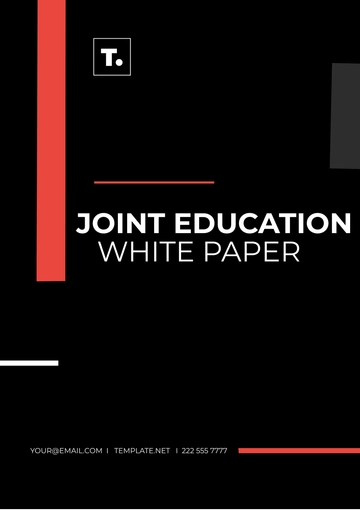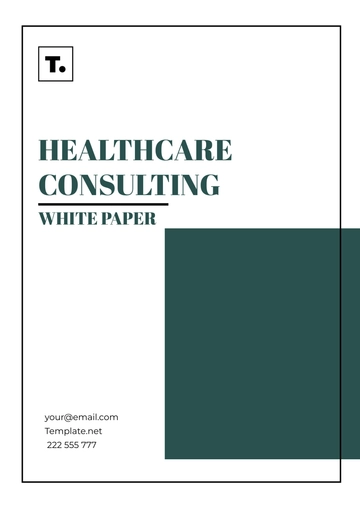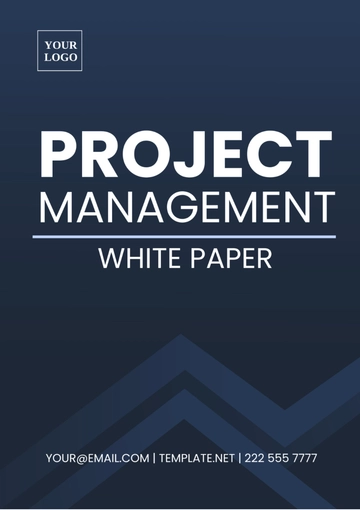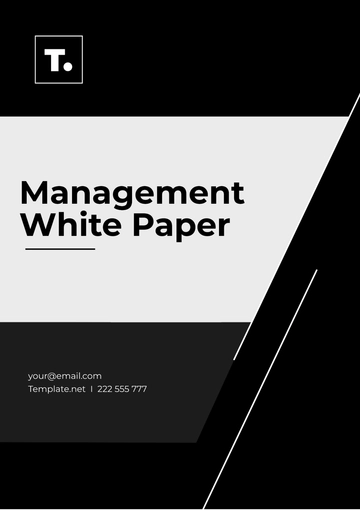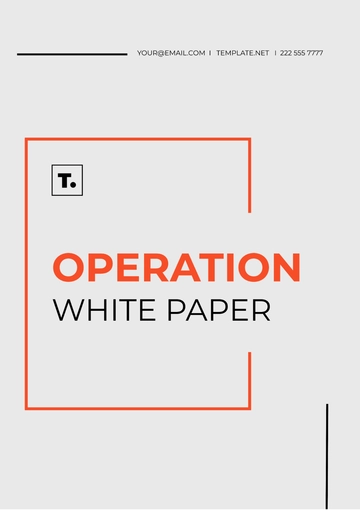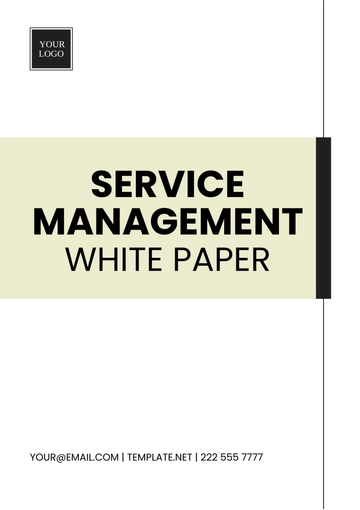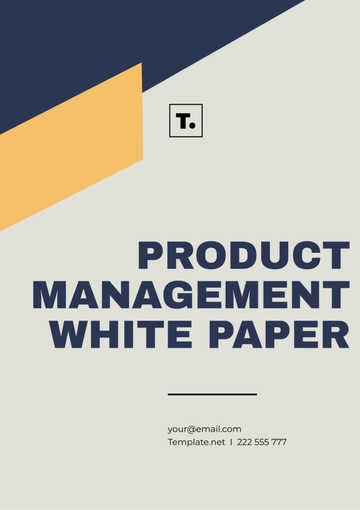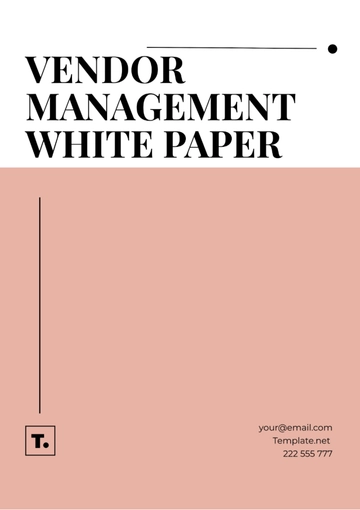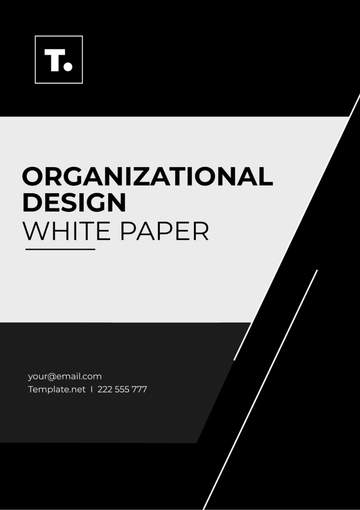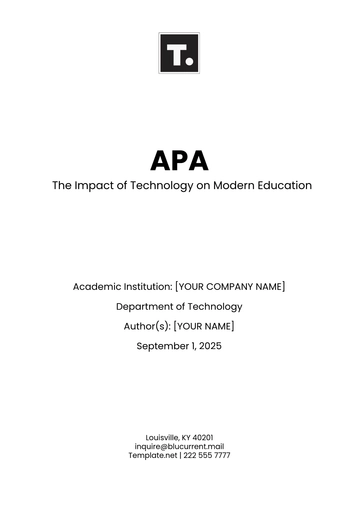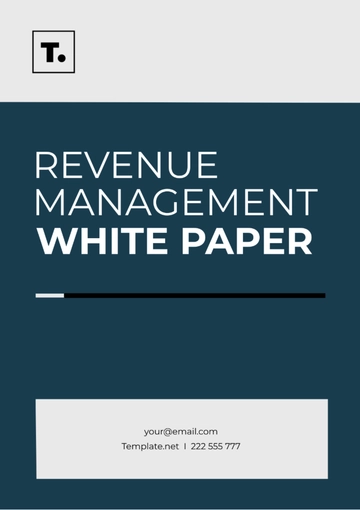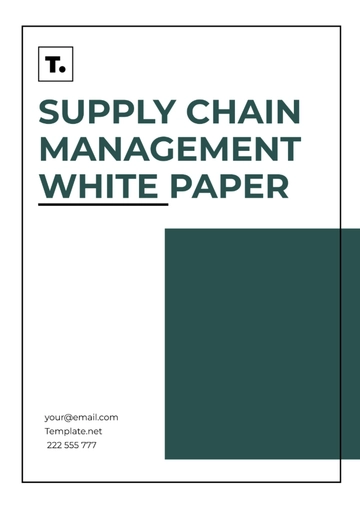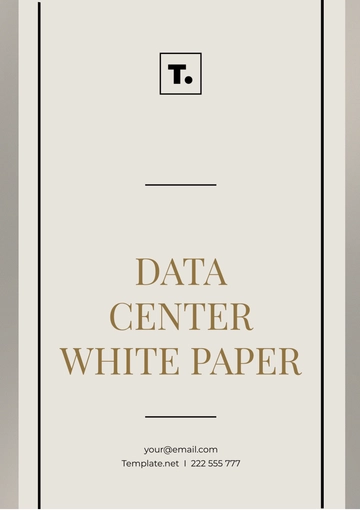Free Content Management White Paper
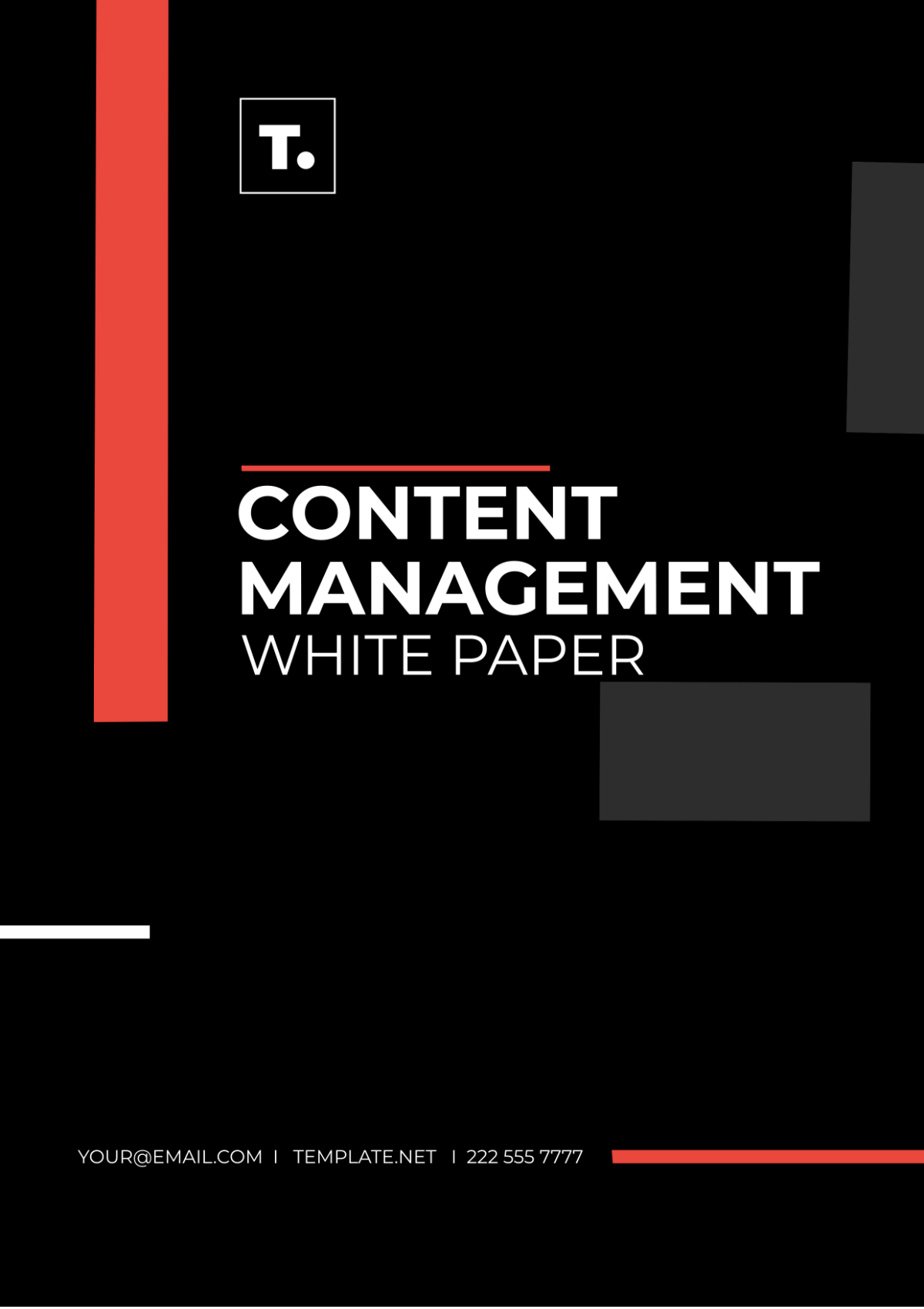
Content Management White Paper: Maximizing Digital Efficiency
Prepared by: [Your Name]
For: [Your Company Name]
Date: [Date]
Department: [Your Department]
I. Introduction

In today's rapidly evolving digital landscape, effective content management is crucial for [Your Company Name] to maintain a competitive edge and engage with its audience. This white paper aims to provide a comprehensive overview of content management principles and strategies tailored for [Your Industry].
II. Understanding Content Management
Content management encompasses the creation, organization, and distribution of digital content to achieve specific business goals. At its core, content management involves [Your Company Name] producing relevant, valuable content, ensuring it is easily accessible, and managing it throughout its lifecycle.
III. Key Components of Content Management
Content Creation: [Your Company Name] must focus on creating high-quality, engaging content that resonates with its target audience. This includes blog posts, articles, videos, infographics, and more.
Content Organization: [Your Company Name] needs to establish a clear organizational structure for its content, including tagging, categorization, and metadata management to facilitate easy retrieval and navigation.
Content Storage: Implementing a robust content storage system is essential for [Your Company Name] to efficiently manage its content assets. This could involve utilizing cloud-based solutions, content management systems (CMS), or digital asset management (DAM) platforms.
Content Publishing: [Your Company Name] should develop streamlined workflows for content review, approval, and publication across various channels, including websites, social media, email newsletters, and more.
Content Distribution: [Your Company Name] needs to leverage multiple distribution channels to reach its target audience effectively. This may include organic search, paid advertising, social media marketing, influencer partnerships, and email marketing.
IV. Implementing an Effective Content Management Strategy
A. Assess Current Content Landscape
Conduct a comprehensive audit of existing content assets, identifying strengths, weaknesses, and opportunities for improvement.
B. Define Content Goals and Objectives
Articulate [Your Company Name]'s content goals and objectives, aligning them with broader business objectives such as brand awareness, lead generation, or customer retention.
C. Select Content Management Tools
Choose the right content management tools and technologies based on [Your Company Name]'s specific needs, budget, and scalability requirements. This could include CMS platforms, analytics tools, project management software, and more.
D. Establish Content Governance
Develop content governance policies and procedures to ensure consistency, compliance, and quality across all content produced by [Your Company Name]. This includes defining roles, responsibilities, and approval workflows.
E. Create Content Calendar and Workflow
Develop a content calendar to plan and schedule content creation, publication, and promotion activities. Establish clear workflows to streamline content production processes and ensure timely delivery.
V. Challenges and Solutions in Content Management
A. Content Fragmentation
Challenge: Content is scattered across multiple platforms and repositories, making it difficult to manage and maintain consistency.
Solution: Implement a centralized content repository and robust metadata system to organize and categorize content effectively.
B. Content Governance Issues
Challenge: Lack of clear guidelines and standards for content creation and management, leading to inconsistencies and quality issues.
Solution: Establish a comprehensive content governance framework with defined roles, processes, and policies to ensure consistency and compliance.
C. Technology Integration Challenges
Challenge: Integration issues between content management systems and other software applications, hindering workflow efficiency.
Solution: Invest in flexible, scalable solutions with open APIs to facilitate seamless integration with existing systems and tools.
VI. Conclusion

Effective content management is essential for [Your Company Name] to succeed in today's competitive digital landscape. By implementing the strategies outlined in this white paper, [Your Company Name] can streamline its content workflows, enhance collaboration, and deliver compelling content experiences to its audience.
VII. References
Smith, John. "The Importance of Content Management in the Digital Age." Journal of Digital Marketing, vol. 25, no. 2, 2020, pp. 45-57.
Brown, Emily. "Effective Strategies for Content Creation and Distribution." Digital Trends Magazine, vol. 12, no. 4, 2019, pp. 78-89.
Johnson, David. "Content Governance Best Practices for Organizations." Content Management Journal, vol. 8, no. 3, 2021, pp. 102-115.
Patel, Sarah. "Technology Integration Challenges in Content Management." Tech Insights, vol. 15, no. 1, 2022, pp. 30-41.
White, Michael. "Content Fragmentation: Causes and Solutions." Digital Content Symposium Proceedings, 2018, pp. 134-147.
XYZ Consulting Group. "State of Content Management Report 2023." XYZ Consulting Group, 2023.
- 100% Customizable, free editor
- Access 1 Million+ Templates, photo’s & graphics
- Download or share as a template
- Click and replace photos, graphics, text, backgrounds
- Resize, crop, AI write & more
- Access advanced editor
Dive into the world of efficient content management with Template.net's white paper template. Crafted to perfection, it's both editable and customizable, ensuring your unique voice shines through. Seamlessly editable in our AI tool, this template empowers you to streamline your content strategy effortlessly. Elevate your content game with our cutting-edge template.
